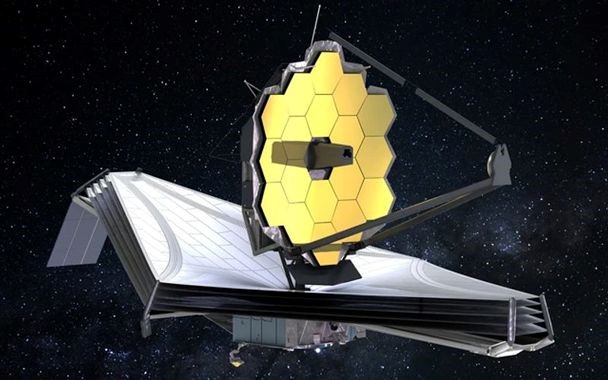The James Webb Space Telescope (JWST) and Hubble Space Telescope captured the breathtaking moment when NASA’s DART (Double Asteroid Redirection Test) spacecraft collided with a distant asteroid. the movie is great.
September 26th at 7am:
At 2:00 p.m. ET, the DART spacecraft collided with the asteroid Dimorphos,
7 million miles (11 million kilometers) from Earth. This was mankind’s first attempt to reroute an asteroid to test a planetary defense system.
While Hubble took 45 pictures of the seconds just before and after the impact, the JWST observed the collision for around five hours and took 10 pictures.
The images, when pieced together, reveal wispy plumes of material abruptly rising out from Dimorphos after the DART collision,
with the asteroid becoming three times as luminous for eight hours thereafter looking forward to DART‘s impact for over 17 years, and it’s exciting to see it through the eyes of the largest space observatories, Webb and Hubble.
gives a clue as to what happened in Clearly, there’s a lot more going on than we expected,
” said Ian Carnelli, manager of the European Space Agency’s upcoming Hera mission, in a statement.
It launch in 2026 and explore the aftermath of its impact in 2026.
Dimorphos james webb
was predicted to slow down by around 1% and approach Didymos’ orbit as a result of the test.
Dimorphos’ 12-hour orbit will be judged successful if it is slowed down by the mission by 73 seconds, however the actual alteration may be up to 10 minutes.
Two terrestrial telescopes captured two additional films of the crash’s aftermath. Both the South African telescope at Las Cumbres Observatory
and the Hawaiian Asteroid Terrestrial-impact Last Alert System recorded footage of the collision, which showed a brilliant puff of dust and debris coming from Dimorphos at the time of contact.
